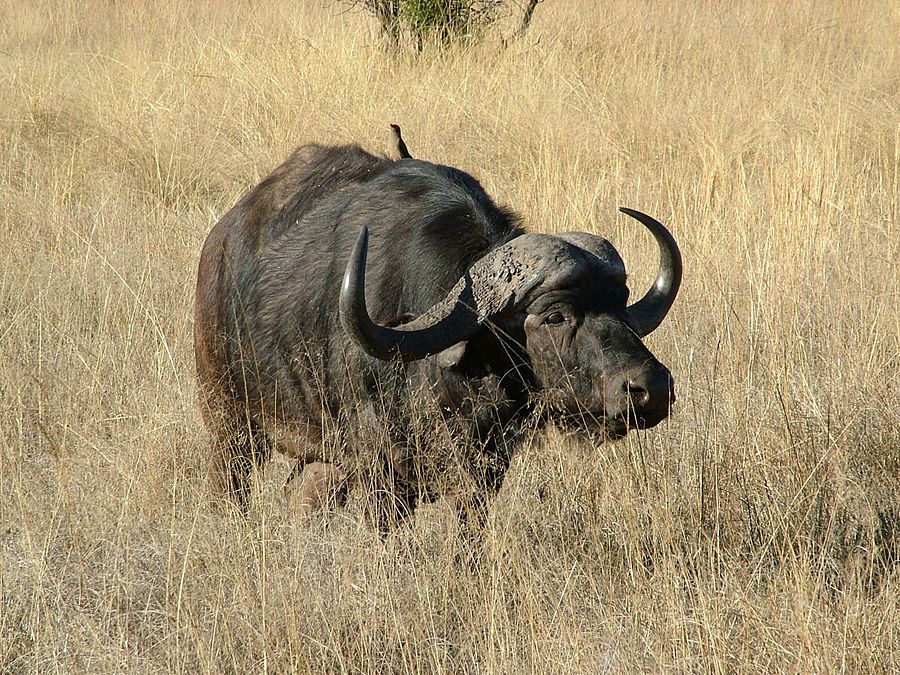Facts About Cape (African) Buffalo, Bushcow
The African buffalo, also known as the Cape buffalo, is a formidable bovine species native to sub-Saharan Africa. Comprising several subspecies, the Cape buffalo is the largest and most prevalent in Southern and Eastern Africa. One of the most distinctive features of the African buffalo is its robust horns, which merge to form a continuous bone shield across the top of the head, known as a "boss." These animals are among the most dangerous in Africa, responsible for goring, trampling, and killing over 200 people annually.
Unlike domestic cattle, African buffaloes have never been domesticated and share only a distant relation to them. They face few natural predators, primarily lions and large crocodiles. As one of the "big five game" animals, the Cape buffalo is highly sought after in the hunting community.
African buffaloes vary in size depending on their environment. Savannah buffaloes are generally larger and darker than their forest-dwelling counterparts. The horns of adult males are particularly impressive, with their bases forming a boss-like shield. These buffaloes are adept grazers, thriving in diverse ecosystems ranging from swamps to grasslands.
Socially, African buffaloes live in complex herd structures led by dominant bulls who protect the group. They exhibit altruistic behaviors, such as defending calves and rescuing captured members. Communication within the herd includes various vocalizations and distinctive reproductive behaviors during mating seasons.
In terms of conservation, the African buffalo was once listed as of least concern but has recently been reclassified as near threatened, with an estimated population of around 400,000. Conservation efforts are ongoing to protect them from poaching and habitat loss.
Renowned for their aggressive nature, African buffaloes have earned nicknames such as "the Black Death" and "the widowmaker" due to numerous attacks on humans. Despite their dangerous reputation, they are highly prized in trophy hunting, with hunters willing to pay significant sums for the opportunity to hunt them. In some regions of Africa, attacks by African buffaloes on humans occur more frequently than those by other large animals.

 Mali
Mali